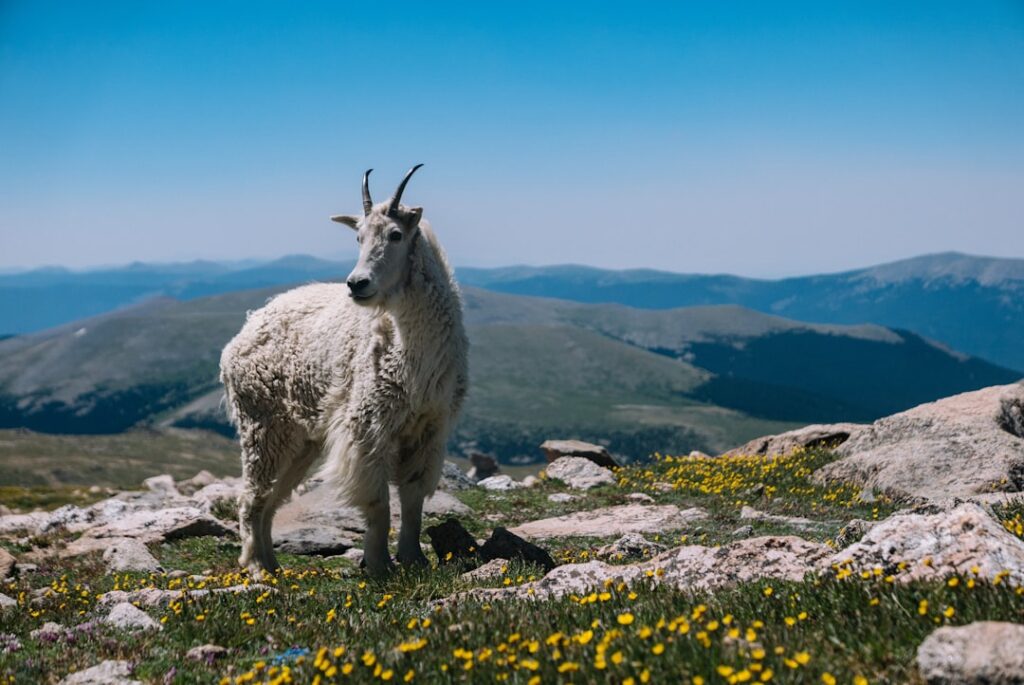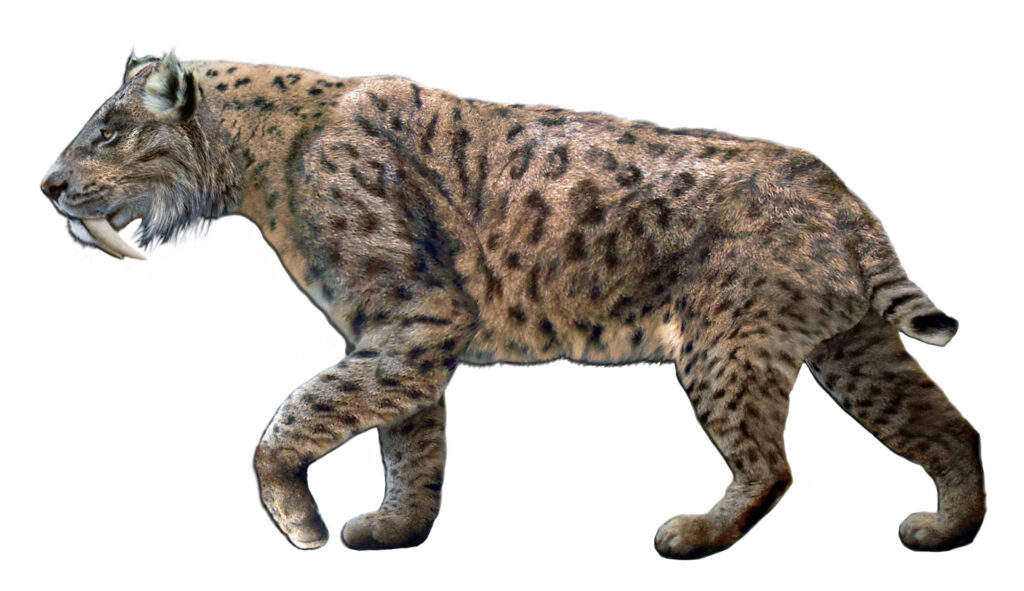When we first started digging up dinosaur bones in the 1800s, scientists painted a picture of these ancient creatures as sluggish, cold-blooded beasts – basically giant lizards with attitude problems. Boy, were they wrong. Over the decades, paleontologists have discovered dinosaurs that completely shattered these old-school assumptions, forcing us to reimagine what life was like millions of years ago.
These revolutionary discoveries didn’t just add new species to textbooks. They sparked the famous “Dinosaur Renaissance” and fundamentally changed how we understand evolution, behavior, and the connection between ancient reptiles and modern birds. Let me tell you about six incredible dinosaurs that made scientists throw their old theories right out the window.
Deinonychus: The Speed Demon That Started a Revolution
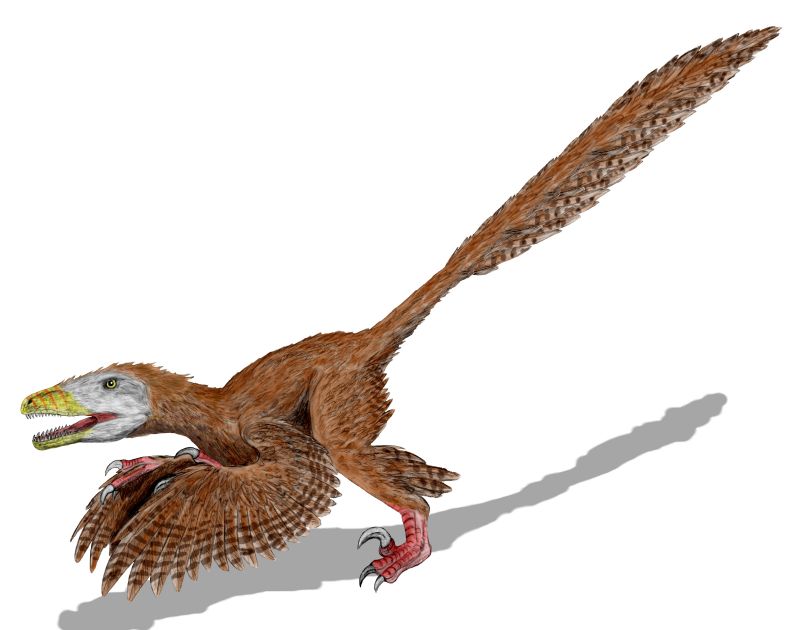
Picture this: it’s 1969, and paleontologist John Ostrom is examining fossils from Montana when he realizes he’s looking at something that shouldn’t exist according to traditional thinking. Fifty years ago, in 1969, Ostrom, then an assistant professor of geology and geophysics at Yale, published a paper describing a previously unknown dinosaur he dubbed Deinonychus, meaning “terrible claw” in Greek. Ostrom’s description of Deinonychus in 1969 has been described as the most important single discovery of dinosaur paleontology in the mid-20th century.
The discovery of this clearly active, agile predator did much to change the scientific (and popular) conception of dinosaurs and opened the door to speculation that some dinosaurs may have been warm-blooded. Before Deinonychus, dinosaurs were seen as slow, stupid creatures that dragged their tails on the ground. This 11-foot-long predator with its massive sickle claws and bird-like skeleton suggested something completely different – an active, intelligent hunter that could sprint after prey.
Archaeopteryx: The Missing Link That Wasn’t Missing Anymore
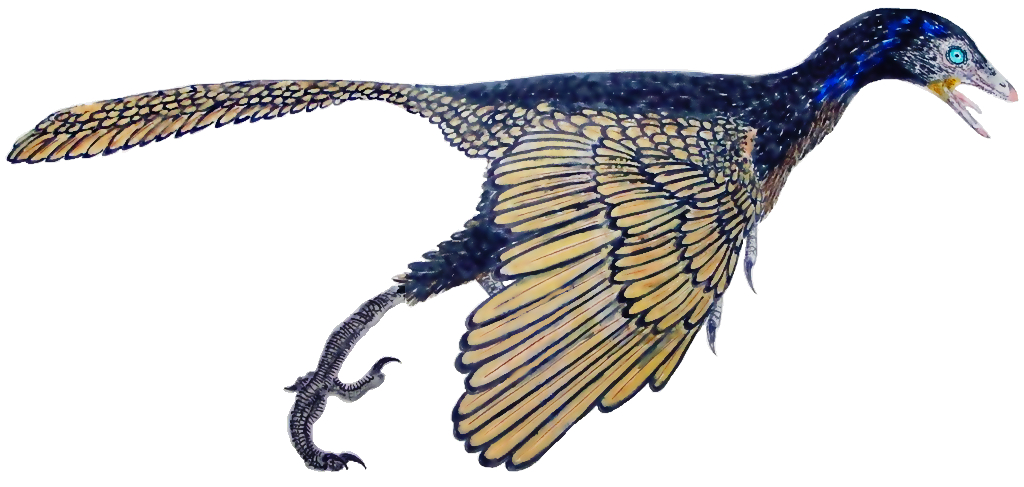
Discovering Deinonychus also ressurrected the hypothesis that birds descended from dinosaurs. Back in the 1860s renowned biologist Thomas Henry Huxley had championed this idea. But it was the discovery of Archaeopteryx specimens that really drove this point home. This crow-sized creature from 150 million years ago had teeth like a dinosaur, claws on its wings, and a long bony tail – yet it was covered in feathers and could fly.
Over the next decade, Ostrom published a series of papers that investigated the possible relationship between Deinonychus and Archaeopteryx. Out of that, he postulated that birds were direct descendants of the dinosaurs, rather than simply sharing a common ancestry. Scientists initially scoffed at this idea, but today nearly everyone accepts that birds are literally living dinosaurs. Think about that next time you watch a chicken strut around your backyard!
Yutyrannus: The Fuzzy Giant That Made T-Rex Look Cuddly
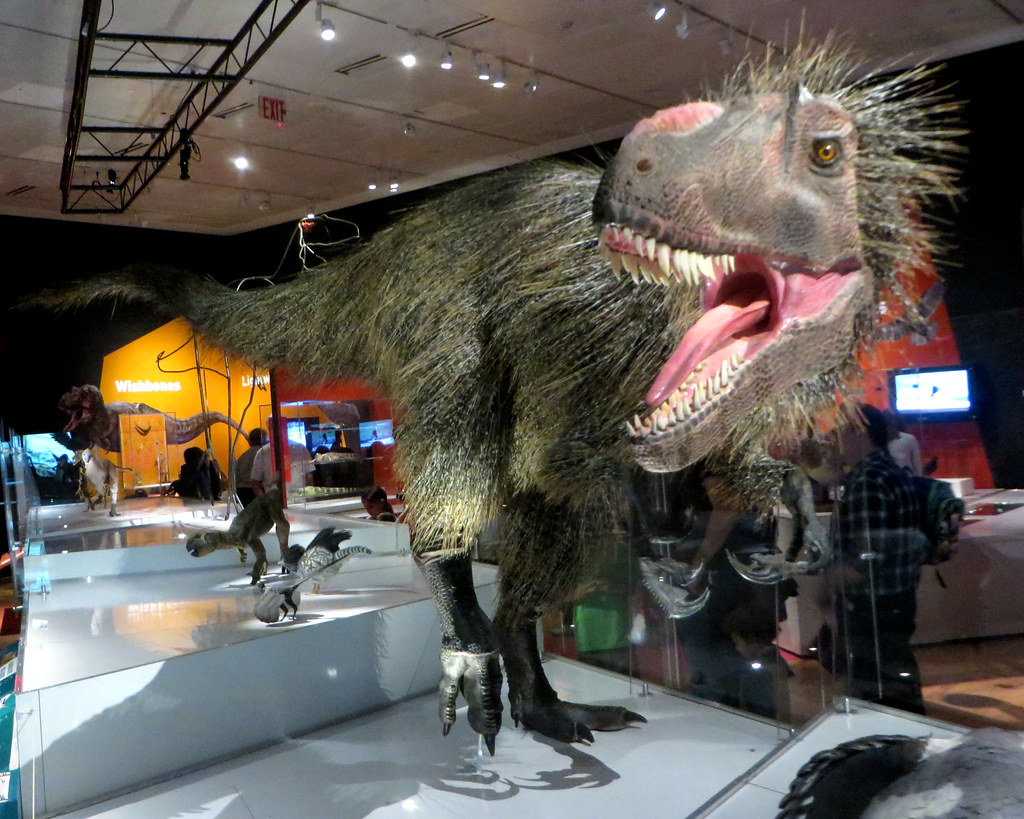
In 2012, a spate of new dinosaur discoveries from China which preserved a halo of fuzz around some small dinosaurs culminated in the ultimate fuzzy dinosaur: the large tyrannosauroid Yutyrannus. This discovery was absolutely mind-blowing because Yutyrannus was massive – nearly 30 feet long and weighing about 1.4 tonnes – yet it was covered in primitive feathers that looked like down.
Scientists had assumed that only small dinosaurs might have had feathers, mainly for insulation. But here was proof that even giant predators could be fluffy. Feathers: The discovery of feathers in many dinosaur species, including some theropods like Tyrannosaurus rex, suggests that these dinosaurs may have used feathers for insulation, a common adaptation in warm-blooded animals. This finding revolutionized how we picture dinosaurs and suggested that the fearsome T-Rex itself might have been a big, feathered teddy bear – albeit one with six-inch teeth.
Therizinosaurus: The Gentle Giant with Wolverine Claws

Therizinosaurus was a large plant-eating dinosaur that walked on two legs. It had enormous claws on each of its three-fingered hands. These claws are thought to be the longest of any land animal ever. When paleontologists first found these three-foot-long claws, they assumed they belonged to some sort of super-predator – maybe the most dangerous dinosaur that ever lived.
For a long time, scientists weren’t sure whether to consider Therizinosaurus a theropod. While it walked on two legs, it didn’t eat meat and had very strange proportions. With its long neck and heavy body, some experts thought it might be related to the sauropods – four-legged giants that include Diplodocus and Brachiosaurus. Turns out, those massive claws weren’t for slashing prey – they were basically nature’s version of pruning shears, used for pulling down vegetation. It’s like finding out that guy with the intimidating tattoos is actually a kindergarten teacher.
Carnotaurus: The Horned Speedster That Rewrote Predator Rules

When scientists discovered Carnotaurus in Argentina, they couldn’t believe what they were seeing. This massive predator had two devil-like horns above its eyes and tiny, almost useless arms that made T-Rex look well-equipped. But the real shocker was its build – everything about this dinosaur screamed “speed demon.”
Traditional thinking suggested that big predators were ambush hunters that relied on brute strength. Carnotaurus flipped that script entirely. Its long, powerful legs and lightweight build indicated it could probably run faster than 35 mph – making it one of the fastest large predators ever discovered. This forced scientists to reconsider how different dinosaur ecosystems worked and showed that there wasn’t just one way to be a successful predator.
Microraptor: The Four-Winged Wonder That Confused Everyone
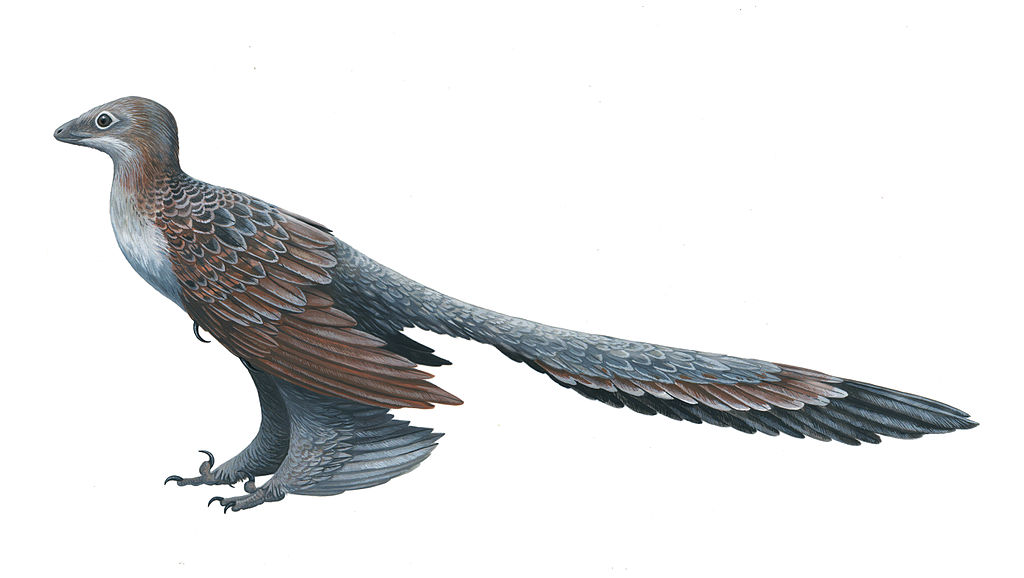
Just when scientists thought they had bird evolution figured out, along came Microraptor to mess everything up. This crow-sized dinosaur from China had not two wings, but four – with long flight feathers on both its arms and legs. It was like nature was experimenting with different flight designs before settling on the two-winged birds we know today.
Not everyone agrees, but many think they were tree-climbing animals that glided. I think they evolved flight from the trees down. From an aerodynamic perspective it’s easier to see how that would work. Microraptor showed that the evolution of flight wasn’t a straight line from ground-dwelling dinosaurs to modern birds. Instead, early flying dinosaurs were experimenting with all sorts of weird body plans that we’re only just beginning to understand.
The Dinosaur Renaissance: How These Discoveries Changed Everything
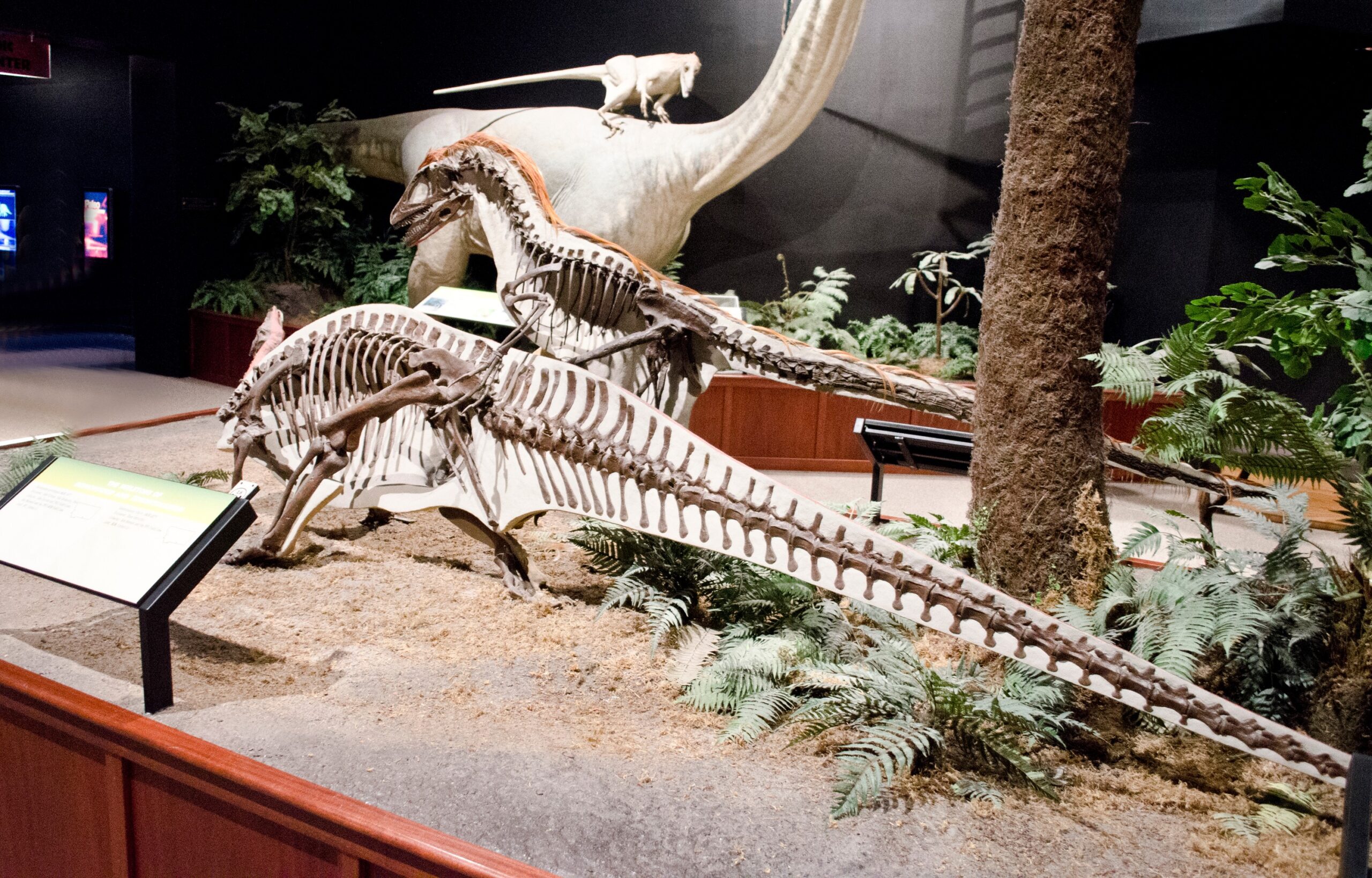
The dinosaur renaissance led to a profound shift in thinking on nearly all aspects of dinosaur biology, including physiology, evolution, behaviour, ecology and extinction. It also sparked public imagination and inspired many cultural depictions of dinosaurs. These revolutionary discoveries didn’t just add new species to our fossil collections – they fundamentally transformed our understanding of life on Earth.
The pace of dinosaur discoveries and research has accelerated dramatically in recent decades, with paleontologists learning more about dinosaur behavior, physiology, and evolution than in much of the previous century of research, and they look nothing like the creatures in your childhood books. From the warm-blooded debate sparked by Deinonychus to the realization that birds are living dinosaurs, these fossil finds continue to reshape paleontology and our place in the natural world.
Conclusion
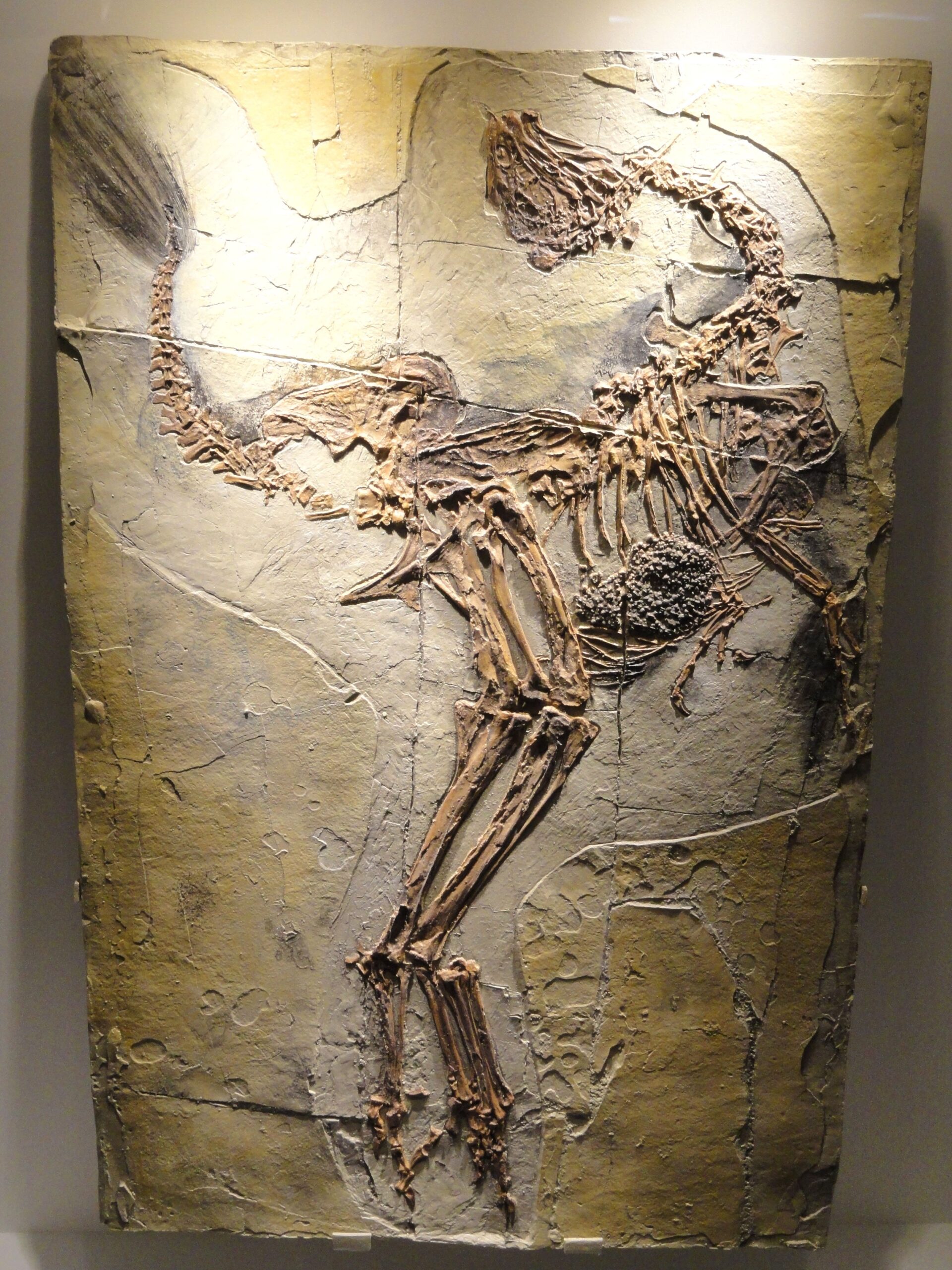
These six dinosaurs – and countless others like them – prove that nature is far more creative and surprising than we ever imagined. Each discovery forces us to question our assumptions and reminds us that science is an ongoing conversation, not a finished textbook. The dinosaurs that once seemed like simple, primitive beasts now appear as complex, diverse, and incredibly successful animals that dominated Earth for over 160 million years.
Every time we think we’ve got prehistoric life figured out, another fossil emerges to prove us wrong. And honestly? That’s exactly how science should work. These discoveries don’t just teach us about the past – they remind us to stay curious, question everything, and never assume we know the whole story.
What surprises do you think the next generation of dinosaur discoveries will bring?

